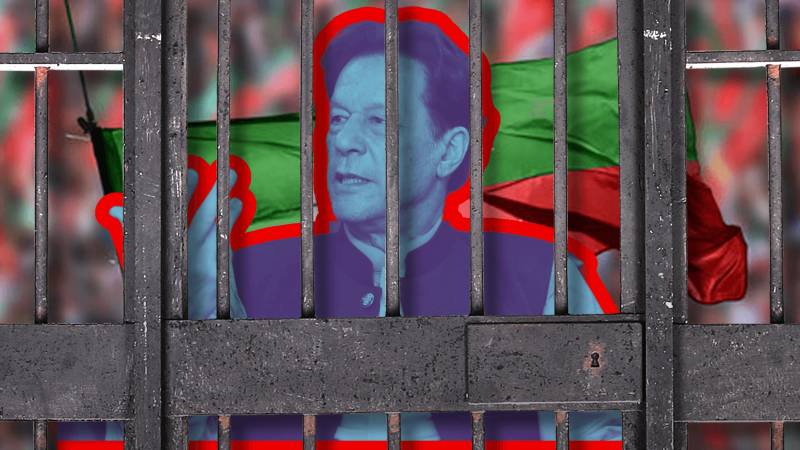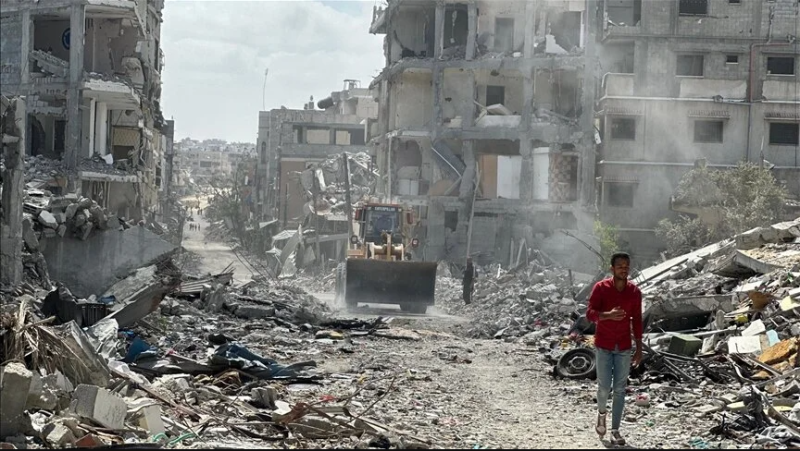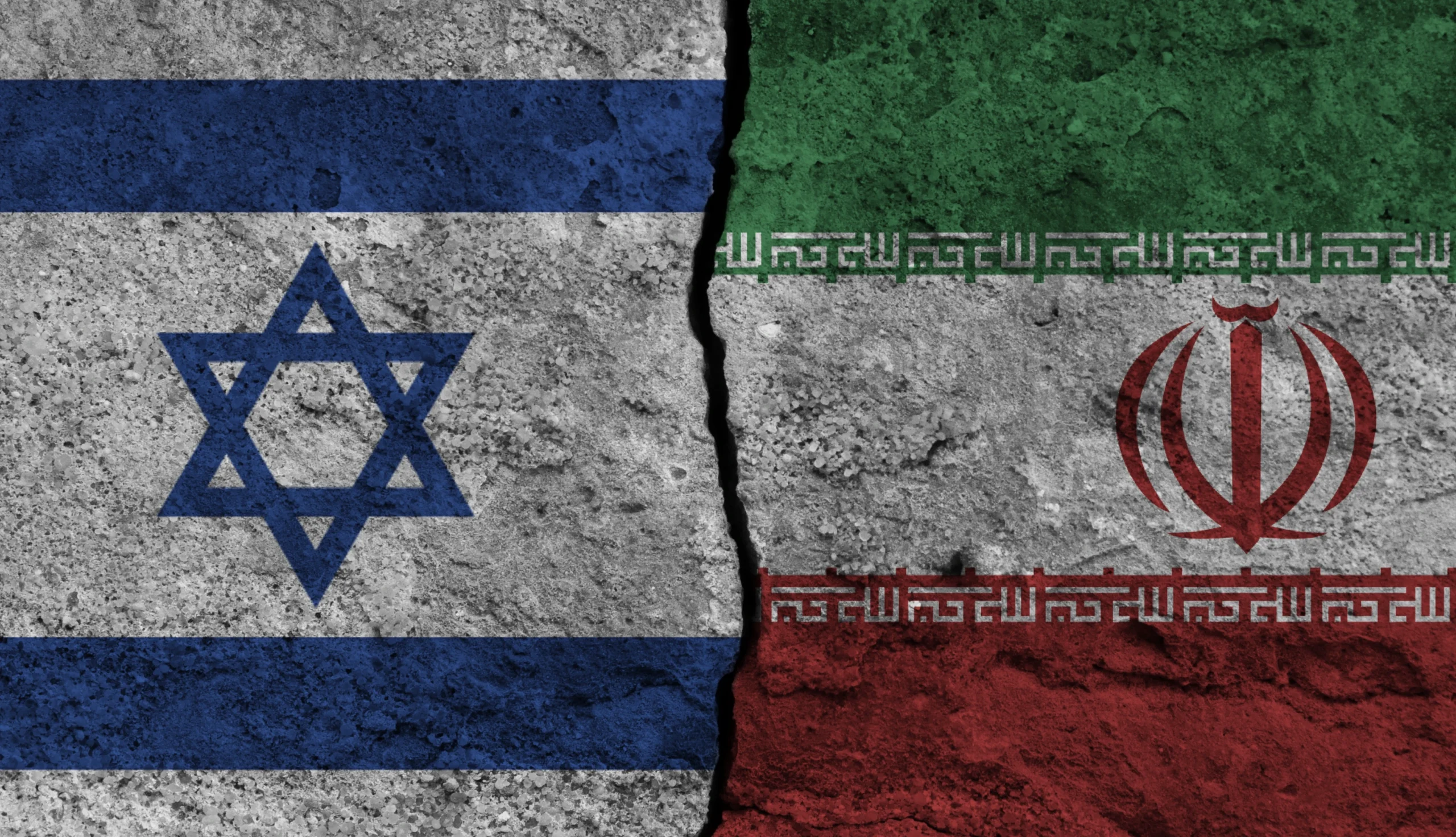Naeem Akhtar Cheema
This past Saturday, February 1, marked the beginning of World Interfaith Harmony Week, a celebration established by the UN General Assembly in 2010 to foster peace through dialogue, mutual understanding, and cooperation among people of different faiths. Celebrated annually during the first week of February, the week highlights the importance of promoting interfaith dialogue and tolerance in an increasingly diverse world. While the global interconnectedness brought about by the internet has created more opportunities for interaction and understanding than ever before, religious tensions and persecutions continue to persist both domestically and internationally. These challenges are particularly pronounced in countries like Pakistan, where religious diversity is vast and the challenges to interfaith harmony are ongoing.
In Pakistan, interfaith harmony has become a serious challenge due to the presence of sectarian violence and ongoing tensions between religious groups. In Kurram, Khyber Pakhtunkhwa, violence driven by sectarian differences has taken a heavy toll, with more than 200 lives lost. The region has been left in isolation, further deepening the divide between different communities. The rise of extremist groups such as the Tehrik-i-Taliban Pakistan (TTP) only complicates matters, as their activities threaten to undo any progress made in interfaith relations. These groups promote an intolerant agenda that undermines efforts for peaceful coexistence.
In addition to these external threats, mob violence fueled by unsubstantiated religious accusations continues to escalate. In some instances, individuals have been targeted and killed based on rumors or allegations, often involving blasphemy accusations. These accusations can result in the destruction of entire neighborhoods, displacing minorities and instilling fear within their communities. Shockingly, the state has not always acted as a protector of minorities in these instances. A particularly disturbing example of this came last year in Sindh, when a doctor was killed by police during an incident linked to religious violence. This tragic event underscores the role the state sometimes plays in perpetuating violence rather than preventing it.
Prime Minister Shehbaz Sharif’s message for World Interfaith Harmony Week, calling for greater dialogue, tolerance, and cooperation between religious groups, seems more like an appeal to the intolerant elements of society rather than a robust call for action. While it is necessary to encourage dialogue, tolerance should not be framed as a mere suggestion but as a moral imperative. The state must actively combat religious intolerance through stronger enforcement of laws, protection for minorities, and accountability for perpetrators of violence.
Pl watch the video and subscribe to the YouTube channel of republicpolicy.com
The decline in interfaith harmony is not confined to Pakistan. On a global scale, religious tensions and acts of violence against minorities are also rising. In Israel, the ongoing violence against Palestinians in Gaza continues to escalate, with reports indicating that almost 50,000 Palestinians have been killed and the region has been reduced to a near-uninhabitable state. Israel’s destruction of mosques and churches, which have included the destruction of 80% of Gaza’s mosques, further illustrates the alarming rise in religious persecution. While the Israeli government’s actions are often framed in terms of territorial control, they also seek to demonize the Palestinian people and deny them their right to self-determination, along with their religious identity.
Beyond the Middle East, similar trends are observable in the West, where right-wing parties and politicians are gaining power by promoting anti-minority rhetoric, particularly against Muslims. This growing tide of xenophobia and religious intolerance signals a retreat from the values of tolerance and pluralism that the West once championed. While Western nations continue to lecture others about the importance of interfaith harmony, their actions on the ground paint a different picture—one of rising intolerance and exclusion.
Despite the evident decline in interfaith relations globally, the core principles of interfaith dialogue and mutual respect are still valid. The Global South, particularly countries like Pakistan, may no longer need to heed lectures from the West on religious tolerance, given the hypocrisy exhibited by some Western powers. However, this does not absolve the need for local solutions to address interfaith tensions. The principles of dialogue and mutual respect must be upheld on all fronts, not just through external pressure but through homegrown efforts that prioritize inclusivity and equality.
To reverse the decline of interfaith harmony, it is imperative for local governments to enforce laws that penalize hate speech, religious violence, and discriminatory practices. Governments must create an environment where religious tolerance is not just preached but practiced by ensuring that all communities feel secure in their right to worship freely. For Pakistan, this means not only holding perpetrators of violence accountable but also promoting education and awareness about different religious traditions to combat ignorance and prejudice. Religious leaders must also play a crucial role in fostering dialogue between different faith communities, providing a platform for understanding and reconciliation.
The role of the state cannot be overstated. It is not enough to simply ask for tolerance—it is necessary for the state to take concrete steps to protect vulnerable religious minorities, prevent violence, and promote coexistence. Without a firm stand against religious bigotry, interfaith harmony will remain an elusive goal. Only when the state, religious leaders, and civil society work together will it be possible to build a culture of tolerance that transcends religious boundaries.
At the international level, the global community must also hold nations accountable for the violation of religious freedoms and human rights. Institutions like the United Nations have a critical role to play in promoting interfaith harmony, not just through speeches but through actionable policies that support religious freedom and protect minorities. It is essential for countries to work together, setting aside their geopolitical interests, to confront the rising tide of intolerance. The global push for interfaith harmony must be supported by practical measures that address the root causes of religious conflict and persecution.
In conclusion, while World Interfaith Harmony Week serves as a reminder of the importance of dialogue and cooperation between different faiths, the reality is that religious violence and intolerance remain prevalent both within nations and across borders. In countries like Pakistan, where sectarian violence and religious extremism continue to undermine social cohesion, the need for stronger, more decisive action has never been more urgent. While global efforts to promote interfaith harmony are essential, real change will only come when local governments and communities take responsibility for fostering a culture of peace and understanding. Only through sustained efforts on both national and international levels can we hope to see a world where interfaith harmony becomes more than just a concept, but a lived reality for all people, regardless of their religious beliefs.
















